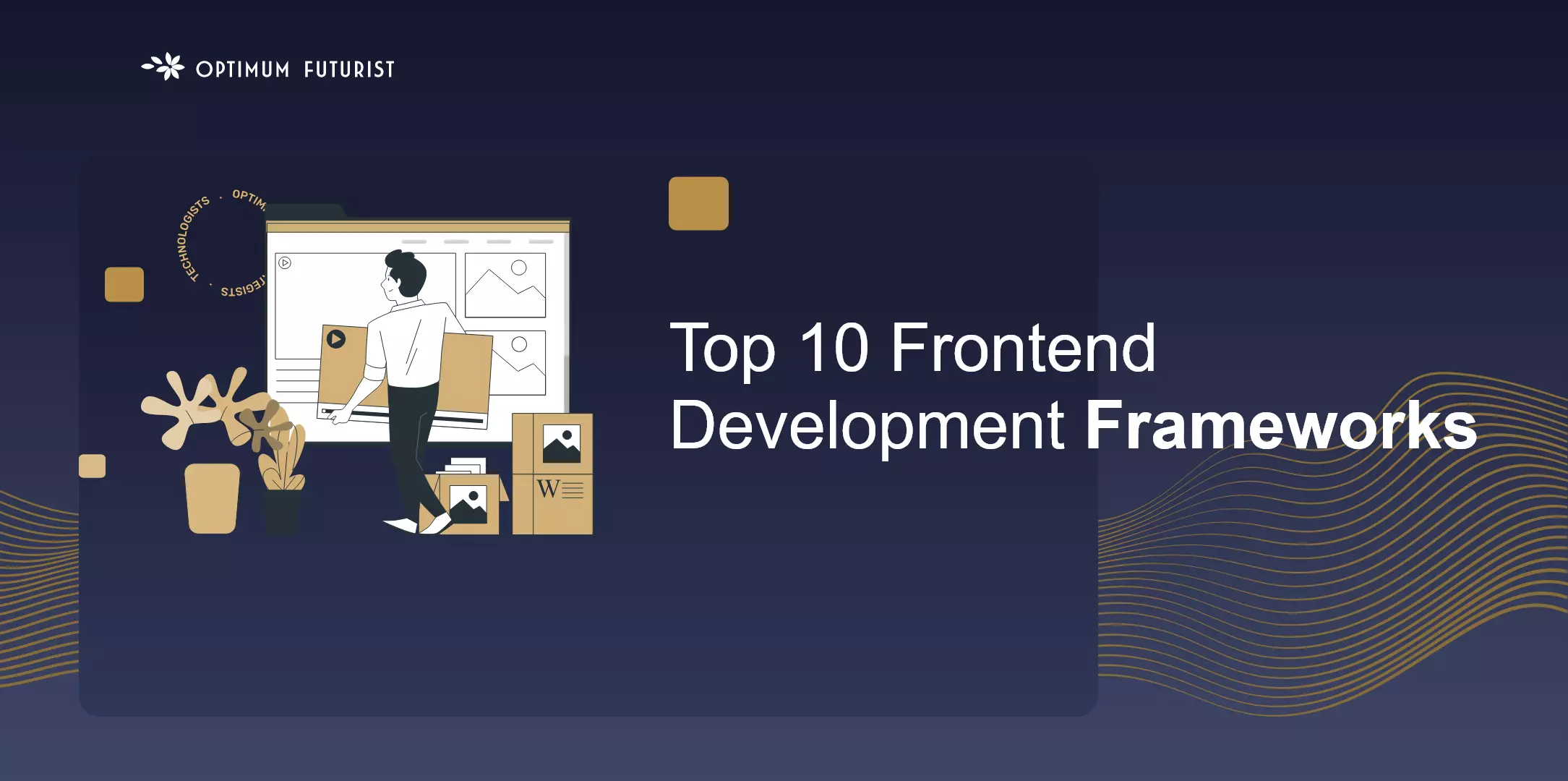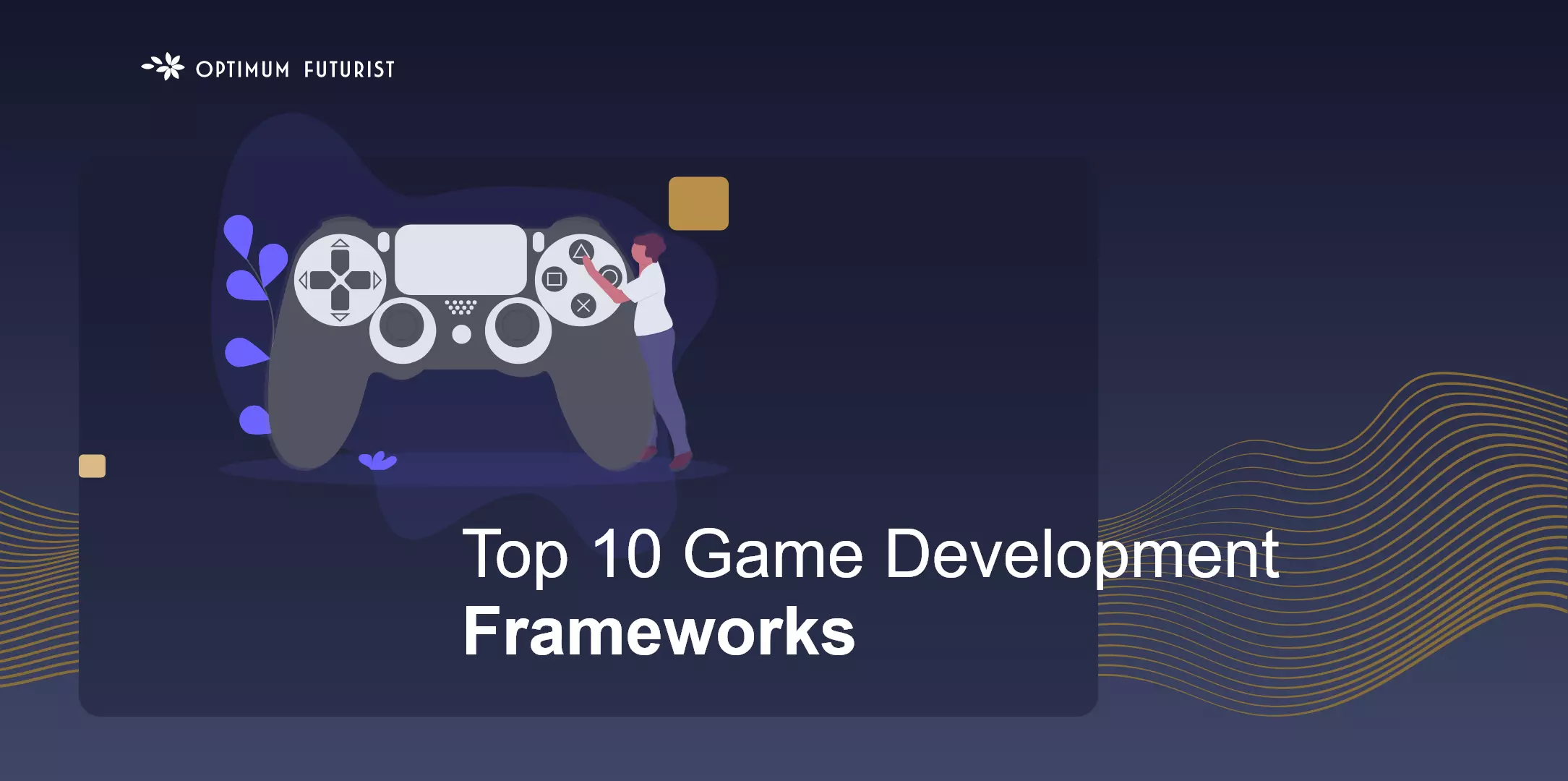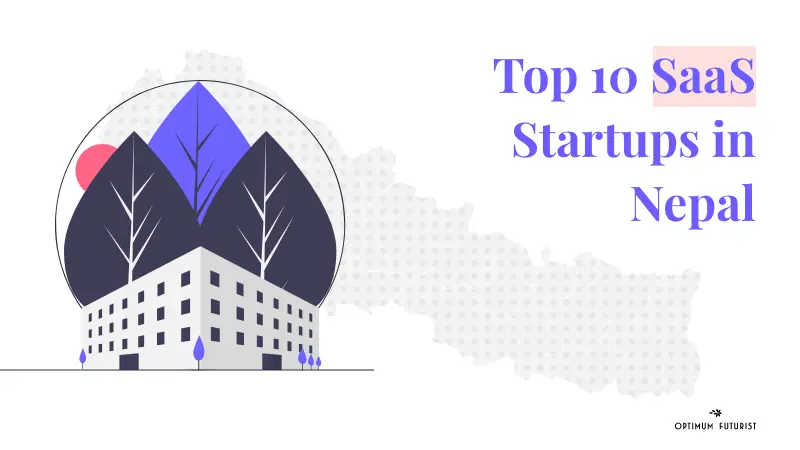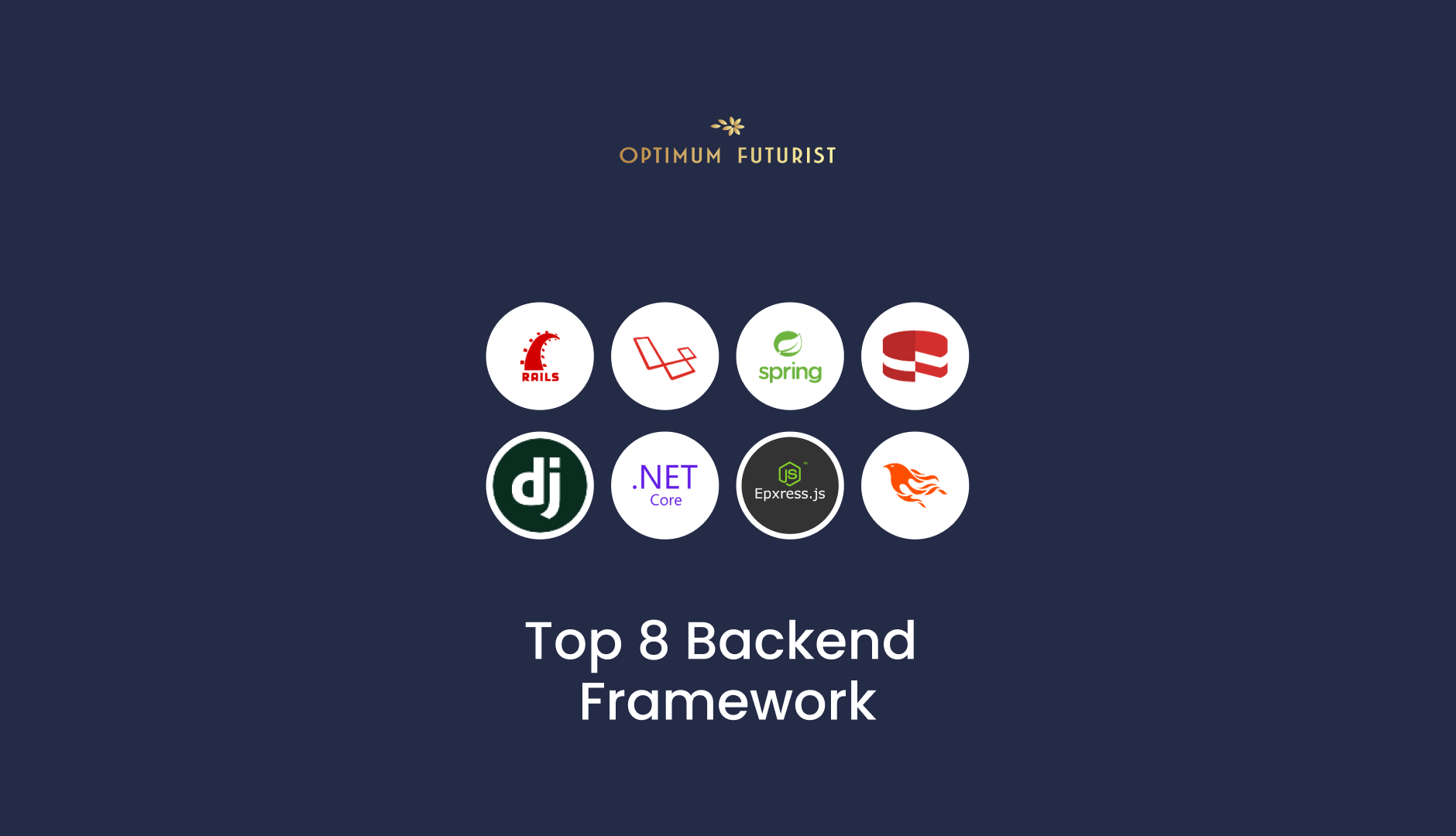Top 10 Frontend Frameworks for year 2020
Front end frameworks can be convenient for your business as they are bundles of pre-written and standardized code. They are stored in folders and are easily accessible and save time for your business. Likewise, they are also flexible, meaning you can use them as a base to build and further customize the code. Due to them being time effective, more companies are drifting towards using front end frameworks to complement their products and services.
But with so many front-end frameworks available for developers, it can be a daunting task to choose the right one; especially for beginners and new programmers. So, to help you figure out the perfect front-end framework for your needs we’ve brought you a list of the top 10 trending top trending global front end frameworks to be aware of in 2023.
Whether you’re a seasoned veteran or just starting out in development, our article will provide you with valuable insight into the latest front-end frameworks and their respective strengths.
Top 10 Frontend Frameworks for Web Development
1. React
Developed by Facebook, React has become a primary choice between the top frontend frameworks. React has become popular amongst the biggest companies such as Netflix, PayPal, Instagram Tesla, Airbnb and many more are using this framework. React functions as an open-source Javascript library and allows you to build high-quality user-interfaces for your Apps. It allows for simple design views for each part of your application. It will also update the appropriate components when your data changes. Moreover, developing new features within react without altering existing code. Finally allowing you to have a user interface with external libraries and frameworks.
2. Angular
Initially known as AngularJS and developed by Google Engineers, Angular is a javascript frontend framework used by global companies such as VEVO, The New York Times and many popular Google Applications. During 2016 the popular frontend framework was rewritten to aid modern development within the tech sector. It’s more suitable for long-term complex apps designed for a mobile-first approach. It has also been designed to work in large teams. It allows teams to work on modules, i.e. their part of code without being afraid to damage somebody else's.
3. Vue
First released in 2014 and set up by a developer who worked on Angular JS, Vue is a progressive javascript framework used to build single-page applications and user interfaces. Global companies such as Grammarly, Adobe, Nintendo and many more use this front end framework. Slightly differing from React and Angular, Vue is somewhat less complicated and allows design from the ground up. Its core library mainly focuses on the view layer, only making it easy to integrate with other libraries. It has its Vuex library similar to the concept of flux for application management. Alongside this, users get a Weex JavaScript library with Vue syntax that is used for mobile app development.
4. Polymer
Launched in 2015 Polymer was developed by front end engineers from Google Chrome and the library developed by them alongside GIT Hub. In particular, Polymer is renowned for its open-source javascript library building web applications using web components. Allowing you to abide by modern standards extending your HTML. They even claim if you wish, you can build your App entirely from web components.
5. Bootstrap
Made by Twitter developers, Bootstrap functions as an open-source toolkit for CSS, HTML and Javascript. It’s mobile-first and front end web development. It consists of many templates, Javascript design based templates for typography, buttons, navigations and forms. Since its launch, there have been many improved versions throughout the years and currently is on its fourth version.
Bootstrap provides users with pre-written Javascript, CSS and HTML components which can be directly customized and integrated into any web projects and scaled accordingly. Bootstrap is a great option for frontend users looking to quickly create highly responsive and visually pleasing websites without having to code everything from scratch.
6. Semantic-UI
Semantic-UI incorporates a simple natural language using HTML to create intuitive syntaxes for describing and building UI elements. Even those with little coding experience feel at ease using it. It’s integrated with a vast number of third party libraries, allowing for an easier development process. Its components permit many distinctive forms of definitions such as elements, collections, views, modules and behaviors which allows for easy customization. It also claims to use simple phrases known as behaviors for triggering functionality.
7. Express.JS
Express.JS is a web application framework for node.js using free and open-source software. It prides itself on simplicity, high performance and flexibility. It’s also designed for creating quick end to end API’s. Its framework is minimal with a robust set of features for web and mobile applications. With Express.JS, developers can create and setup server-wide applications that can be easily scaled and maintained without increasing complexity.
Additionally, this popular frontend framework provides users with various middleware functions and third-party extensions and libraries. Using these, developers can add functionality to their web applications without having to write additional code.
8. Redux
Initially launched in 2015, Redux is an open-source library commonly used with other libraries such as React or Angular. Redux allows developers to build user interfaces and manage application state by providing a predictable and centralized way to manage data. Redux is lightweight, only 2KB in size. It’s easy to test, allowing you to run your applications in different environments and test easily.
Similarly, it also allows for easy traceability; meaning you can track when, where, why and how your applications state has changed. Moreover, Redux provides error reports to be submitted to the server. This amazing javascript based framework claims it has excellent flexibility working with any UI layer and a large selection of addons to suit your requirements and we’re inclined to agree with this.
9. Aurelia
Aurelia is often considered as a next-generation framework due to its ability to build powerless and flawless websites. It’s an open-source framework allowing for a great support network from the developer community. Aurelia incorporates multiple small and large libraries which can be used together or separately. Likewise, it’s very extensible, allowing you to add or withdraw any tools. This could be different types of Javascript libraries.
10. Riot.JS
Riot is a highly customizable framework which uses a simple and effective architecture. It allows you to build UI’s with custom tags. It’s light in size due to it only being 6KB. This is due to fewer bugs and fast downloads. It’s easy to learn as there is less to learn, with 10-100 fewer API methods than other UI libraries. Similarly, it’s highly extensible and minimal to use.
Riot.JS’s library is designed to be lightweight and fast which helps in improving its performance and adding minimal overhead to your web applications. This makes it well-suited for building applications that require high performance and responsiveness, such as real-time dashboards, data visualization tools, and interactive web applications.
Conclusion:
And that ends our list of the Best Frontend Frameworks for web development for 2023. Each one of these frameworks are a great option for frontend developers and have their own strengths. React, Vue.js, Angular, and Ember.js are all popular choices for building complex and feature-rich web applications, while Bootstrap and Semantic UI are great options for building responsive and mobile-friendly applications.
We highly suggest developers to make their choice based on scale of your project and its requirements. Additionally, your own skillset and how comfortable you are with using these frameworks should also be kept in mind.
Alternatively, if you’re also considering the best backend framework for your project then you can consider going through our list of the Best Backend Frameworks as well.
Regardless of which framework you choose, it’s necessary to develop your own skills in web development and learning about new advancements in the industry. If you’re keen to do so, we highly recommend you keep an eye on our blogs and follow us on our social media platforms to keep yourself updated on the newest developments in the web and app development world:



